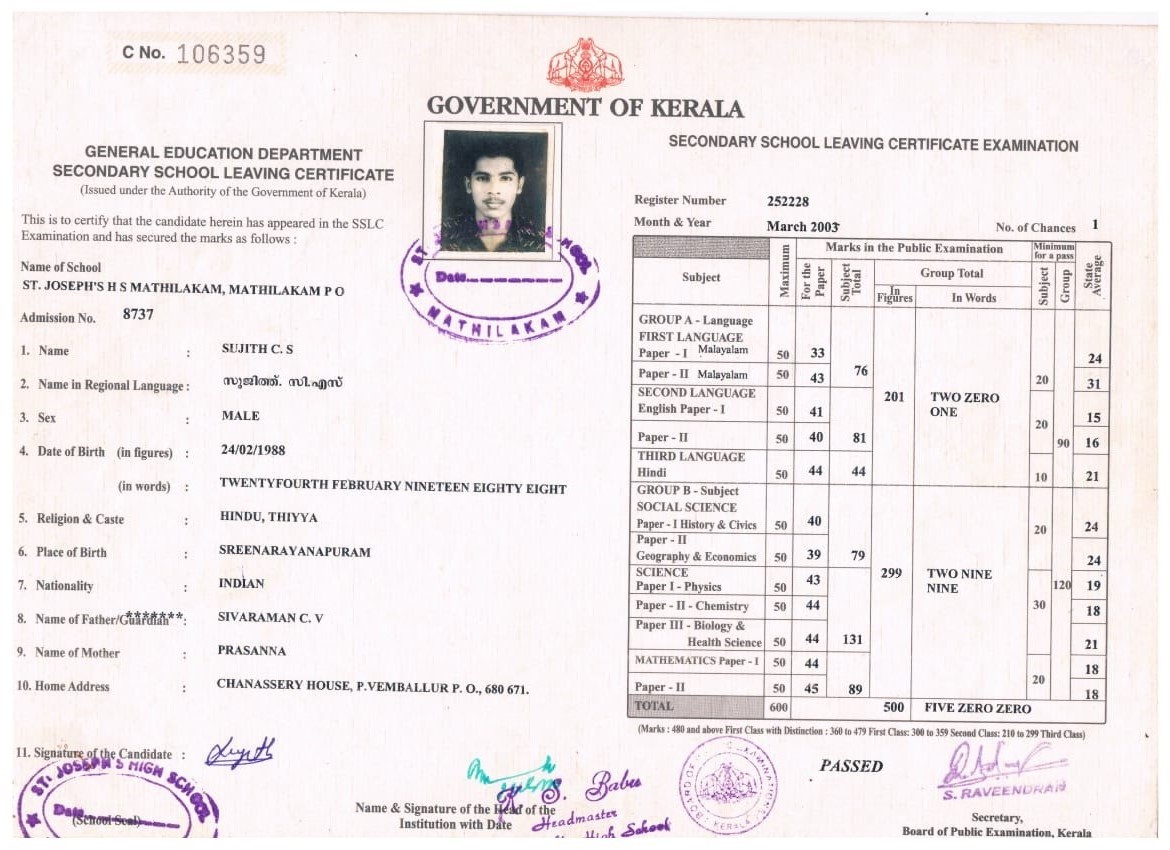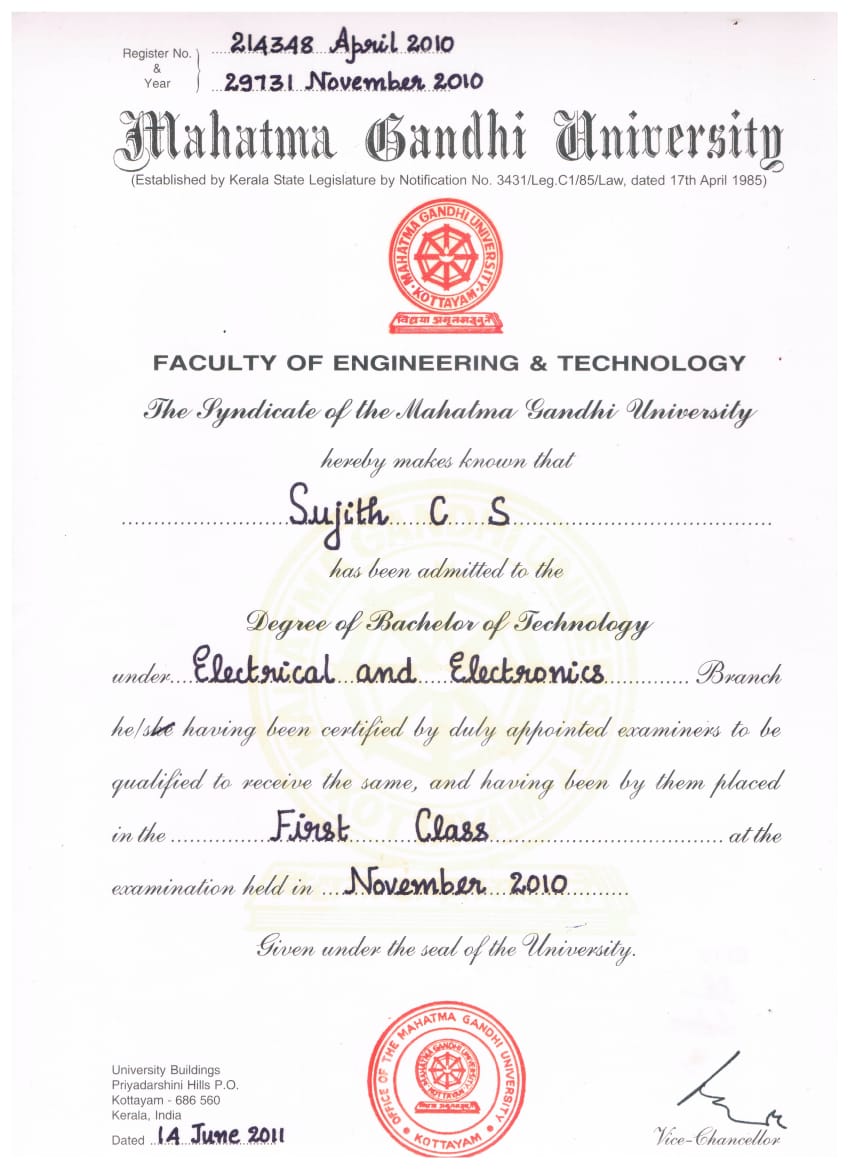

I'm a passionate QA Automation Engineer with hands-on experience in the FinTech domain, focused on building scalable and reliable test frameworks using Selenium, Java, and TestNG. I bring expertise in API testing, performance testing, and containerized test environments using tools like Postman, JMeter, Docker, and AWS.
With a solid understanding of SDLC and STLC, I follow a structured approach to test planning, execution, and reporting. I'm proficient in Git, GitHub, and GitLab for version control and collaborative development.
In addition to automation, I’m well-versed in backend validation using SQL Server, and familiar with front-end technologies like HTML, CSS, JavaScript, and Bootstrap, enabling a full-stack testing perspective. I also have experience deploying front-end applications to Apache Tomcat Web Server, supporting test environments and staging setups.
I have experience working with ISO 8583 financial messaging standards and analyzing network protocols such as TCP and HTTP using tools like Wireshark. I’ve worked in Agile/Scrum environments using Jira, and am comfortable deploying and managing Linux-based environments (e.g., Ubuntu Server on VMware) for testing and application hosting.
SOFTWARES AND TOOLS FAMILIAR WITH:



This portfolio website was designed and developed using the Visual Studio SDK to showcase my work, skills, and professional background in a clean and responsive layout. It leverages several modern frontend technologies and plugins to enhance both aesthetics and functionality.
Technologies & Tools Used:
- HTML 4, Bootstrap 4.1, and jQuery 3.6 for responsive layout and interactive components
- JavaScript Plugins:
Developed and tested within Visual Studio SDK, ensuring compatibility and clean code structure
Source code :Link to GitHub
The Testing of the EFT Switch application UI is automated using the Selenium WebDriver. The automation project is set up from the scratch in Maven hybrid framework format with data driven capabilities using the TestNG annotations. The Pgae Object Model(POM) design structre having page wise locators and actions encapsulated in specific classes, is used to obtain maximum compactibility and reusability of the test cases.
The test data is fed from the excel sheets. Seperate suites files are used for various types of tests by grouping the tests in various classes. That is distinct suites for reggression test and smoke test using the methods from the same classes which are distinguished with the groupe names
These are some sample programs for practicing the java logics and concepts
prgram 1
prgram 2
prgram 3
prgram 4

Lorem Ipsum is simply dummy text of the printing and typesetting industry. Lorem Ipsum has been the industry's standard dummy text ever since the 1500s, when an unknown printer took a galley of type and scrambled it to make a type specimen book. It has survived not only five centuries, but also the leap into electronic typesetting, remaining essentially unchanged. It was popularised in the 1960s with the release of Letraset sheets containing Lorem Ipsum passages, and more recently with desktop publishing software like Aldus PageMaker including versions of Lorem Ipsum.
Next Line
Next Line
Next Line
Next Line

Lorem Ipsum is simply dummy text of the printing and typesetting industry. Lorem Ipsum has been the industry's standard dummy text ever since the 1500s, when an unknown printer took a galley of type and scrambled it to make a type specimen book. It has survived not only five centuries, but also the leap into electronic typesetting, remaining essentially unchanged. It was popularised in the 1960s with the release of Letraset sheets containing Lorem Ipsum passages, and more recently with desktop publishing software like Aldus PageMaker including versions of Lorem Ipsum.
Hands-on experience with Selenium WebDriver for automated UI testing. Skilled in setting up automation frameworks in the Maven project from the scratch, with reusable test components. Proficient in implementing TestNG annotations to provide reusable test frameworks with data-driven testing capabilities. The Pgae Object Model(POM) design structre having page wise locators and actions encapsulated in specific classes, is used to obtain maximum readability, compactibility and reusability of the test cases.
The Frame Work structure Design : Click Here
DOMAIN : FinTech | Role: QA Automation Engineer | Technologies: Selenium WebDriver,
TestNG, Java, Maven, Git, Apache POI
DESCRIPTION : Designed and developed a robust Automation Testing Framework for an EFT (Electronic Funds Transfer) Switch
Application, enabling seamless execution of regression and smoke testing cycles. The framework adopted a hybrid testing
approach, incorporating data-driven testing to enhance test coverage, reusability, and adaptability across varying input
sets. Leveraged the Page Object Model (POM) design pattern to structure test scripts for better modularity, maintainability,
and clear mapping of UI components to business logic. Delivered well-structured UI Regression Suites and Functional Smoke
Test Suites, ensuring quick validation of critical workflows and early detection of defects in the application lifecycle.
KEY RESPONSIBILITIES :
Solid understanding of SDLC (Software Development Life Cycle) and STLC (Software Testing Life Cycle), ensuring a methodical approach to test planning, execution, and reporting. Posses experience in REST API testing using Postman, with a good grasp of request/response handling, parameterization, and assertions for test validation. Hands-on experience with Apache JMeter for load and performance testing of web applications and APIs.
The following testing procedures have been conducted at various releases of the EFT switch software product.
The test environment setup configuration and readiness checking activites are carried out. The steps are available in the below link -
The Test Environment-Setup Steps : Click Here
As a part of the UI function testing, the configration for different modules are done
and verifies that the configuration data is properly stored in the database and reflects
in the UI. The functions tested during each release as regression test are listed in the
link below -
Tests : Click Here
The following end to end(source simulator > back-end > sink simulator) testing are done
during each release as part of Sanity test. This is to test that the integity with other dependant
function module is not compromised with the newly added feature. These tests are carried out seperately
for
(i) all the available destination interfaces mds, ngo, b24, isoadapter
(ii) and for all the available source interfaces pos, atm, isoadapter
Tests : Click Here
Post deployment of a new release in the production env. we run the typical transaction only and verifies the logs to ensure that the system works as expected without any defect. this is done only for the ony applicable destination interface for that project -
Tests : Click Here
I have hands-on experience in testing and validating API endpoints using Postman. Have performed key backend operations such as enabling/disabling logs, tracing, interface control, etc. Additionally, have tested core banking functionalities including office and client setup, savings account management, debit/credit transactions, account-to-account transfers, and balance enquiries.
Tests : Click Here
The performance testing is done using the jmeter. The (0200) message formate is created in the jmeter test plan using the tcp-sampler. Then the load test is simulated by sending large number of messages with a fixed ramp up time. The goal was to check the maximum possible TPS(transactions per second) that can be performed without failure by the EFT switch application. If we send 100 messages with a ramp up time of 1second, it means the system is fired with an input TPS rate of 100. The response messages from the system was recorded using the listerners in the Jmeter.
The jmeter-Testplan and Reports : Click Here
Implemented the docker environment setup in the windows system pulled the image files of the containerized applications (front-end, back-end and database) of the EFT Switch from the dockerHub. Created the containerised application instances from the image files. Testing carried out on the containerised applications.
The docker images: Link to DockerHub and implementation documentation :Document
Implemented the EFT Switch applications (front-end, back-end and database) in the AWS cloud infrastructure using the ECS container service and the docker images form the DockerHub.
The implementation documentation :Click here
The performance Enhancement Tuning strategies carried out in the SQLServer configuration.
Tuning document :Click Here
Data duplication analysed while the transaction processing at the EFT Swich core application during the performance testing at higher TPS. Then the same test repeated and captured the input data packets and out put data packets and analysis done. Observed that the input tcp packet frame size increased per packet at higher TPS and the core failed to decapsulate it and so duplication occured at the output end. Logic modification suggested as a corrective action.
Have experience in the field of SCADA software deveopement and site commitioning.Sound knowledge in Digital Electronics, Electronic Devices & Circuits, Control Systems, High-Speed Networks, and Data Communication Networks, contributing to a strong analytical and troubleshooting approach.
CHANASSERY HOUSE,
S.N.PURAM, P.VEMBALLUR(PO), 680671
KERALA.
Phone: (+91) 9400666053